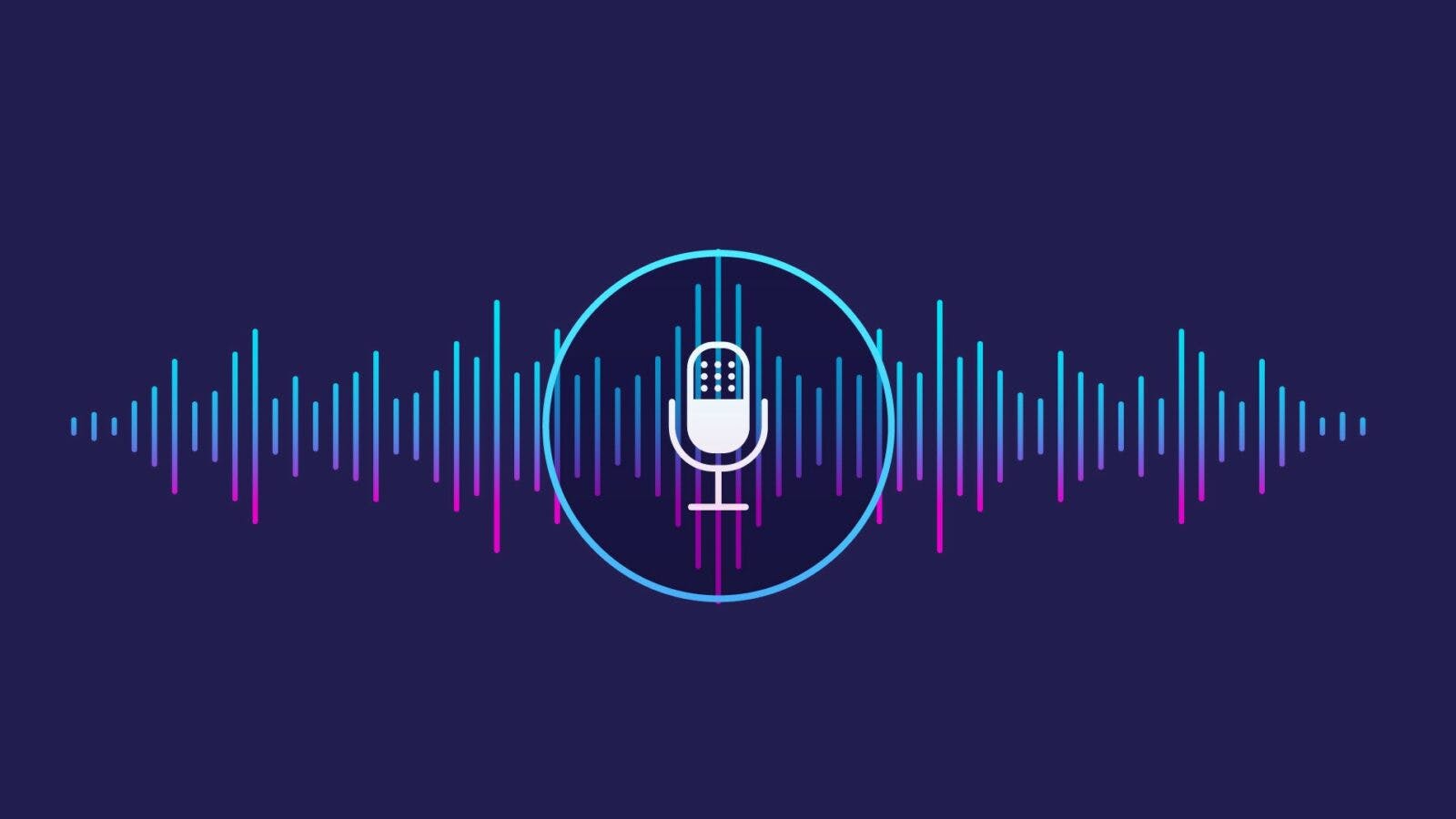Voice assistants have revolutionized the way we interact with technology and access information. With just a simple voice command, these virtual helpers can provide us with answers to questions, control smart devices, and even assist individuals with disabilities in their daily lives. However, the relationship between voice assistants and accessibility is a double-edged sword. While they offer significant benefits, they also pose challenges and considerations that need to be addressed. In this article, we'll explore the impact of voice assistants on accessibility and why it's important to strike a balance.
The Accessibility Advantages of Voice Assistants
Voice assistants, such as Amazon's Alexa, Apple's Siri, and Google Assistant, have opened up a world of opportunities for people with disabilities. Here are some of the accessibility advantages they provide:
1. Hands-Free Operation
Voice assistants are inherently hands-free, making them an invaluable tool for individuals with mobility impairments. Users can control their devices, set reminders, make calls, and perform a wide range of tasks without the need for physical interaction.
2. Improved Communication
Voice assistants can help people with speech and communication disabilities to communicate more effectively. They can convert spoken words into text or vice versa, facilitating easier conversations and reducing communication barriers.
3. Access to Information
Voice assistants can provide instant access to information, enabling visually impaired users to quickly obtain news, weather updates, or even read audiobooks. Users can also ask for real-time information, which is particularly helpful in emergencies.
4. Smart Home Control
Voice-activated smart home devices can make daily living more accessible for individuals with disabilities. They can control lights, thermostats, and security systems, promoting greater independence.
The Accessibility Challenges of Voice Assistants
Despite their benefits, voice assistants come with their own set of accessibility challenges:
1. Speech Recognition Limitations
Voice assistants may struggle to understand users with speech disorders or strong accents. This can be frustrating for users who rely on voice assistants for communication and control.
2. Limited Multilingual Support
While many voice assistants offer multilingual capabilities, they may not support all languages equally. This can be a significant barrier for users who speak less common languages.
3. Privacy Concerns
Voice assistants collect and store voice data, which raises privacy concerns. Users with disabilities who depend on these technologies may have their sensitive information stored, posing potential risks if the data is mishandled.
4. Inconsistencies in Accessibility Features
The accessibility features of voice assistants can vary among different platforms and devices. What's accessible on one may not be the same on another, causing confusion and challenges for users.
Striking a Balance
To harness the power of voice assistants for accessibility while mitigating their challenges, it's crucial to strike a balance. Here's how:
1. Continuous Improvement
Voice assistant developers should prioritize ongoing improvement of speech recognition capabilities to better understand various accents and speech patterns. They should also enhance the accuracy of speech-to-text conversion.
2. Robust Accessibility Features
Consistency in accessibility features across different platforms and devices is essential. Developers must ensure that all users, regardless of their abilities, can utilize voice assistants effectively.
3. Privacy Protections
User privacy should be a top priority. Developers must implement robust data protection and give users control over their data, including the ability to delete voice recordings.
4. Inclusivity in Design
Designers and developers should actively involve individuals with disabilities in the creation and testing of voice assistant technologies to ensure they are genuinely inclusive.
Conclusion
Voice assistants have the potential to be a game-changer for accessibility, but they also come with challenges that need to be addressed. Striking a balance between the benefits and limitations of voice assistants is essential to make these technologies truly accessible and beneficial for all users. By focusing on continuous improvement, robust accessibility features, privacy protection, and inclusive design, we can maximize the positive impact of voice assistants on accessibility and empower individuals with disabilities to lead more independent and connected lives.
